Steam Energy-Saving Solutions for Factories | Phuc Minh Engineering
Effective Steam Energy-Saving Solutions – Optimize Operating Costs for Your Factory
Steam systems play a critical role in industries such as textiles, food & beverage, chemicals, rubber, electronics, and more. However, they are also one of the biggest sources of energy loss if not properly designed, operated, and maintained. Fuel costs often account for 20–40% of total production expenses, making steam energy optimization a vital requirement for any manufacturing plant.
Phuc Minh Engineering Co., Ltd. (PME) provides comprehensive solutions to reduce steam loss, enhance boiler efficiency, and optimize operating costs.
📞 Hotline: +84 902 800 728 – +84 907 450 506
📧 Email: info@pm-e.vn
✅ 1. Common Causes of Steam Energy Loss
Many factories lose 10–30% of their steam energy due to:
● Steam leakage along pipelines, flanges, and valves
This is the most frequent issue, causing continuous energy loss and increasing system pressure.
● Inefficient or damaged steam traps
Blocked, leaking, or incorrect steam trap types create condensate buildup, increasing fuel consumption.
● Incorrect selection of steam valves, strainers, and accessories
Using unsuitable products for pressure and temperature requirements reduces equipment lifespan and increases maintenance costs.
● Poor insulation of steam pipelines
Heat loss along the pipeline forces the boiler to work harder to maintain pressure and temperature.
● Suboptimal boiler combustion and maintenance
Improper air–fuel ratio and lack of regular maintenance reduce combustion efficiency.
✅ 2. Phuc Minh’s Effective Steam Energy-Saving Solutions
2.1. On-site steam system audit and performance evaluation
PME provides complete inspections of boilers, steam traps, pipelines, insulation, and accessories to accurately identify sources of energy loss.
2.2. High-performance steam traps (TLV, Yoshitake, Kitz, etc.)
-
Reduce condensate accumulation
-
Prevent thermal shock and water hammer
-
Improve heat exchange efficiency
-
Save 5–15% of boiler fuel consumption
2.3. Supply of specialized steam valves – high temperature & high pressure
Phuc Minh offers:
-
Globe valves, safety valves, gate valves, pressure reducing valves
-
Linear/ON-OFF control valves
-
Y-strainers for steam lines
→ Reduces equipment damage and minimizes steam leakage.
2.4. Standard insulation & thermal protection for steam pipelines
Helps reduce heat loss by 5–10%, improving boiler efficiency.
2.5. Boiler performance optimization
Includes:
-
Air–fuel ratio adjustment
-
Burner and furnace cleaning
-
Heat recovery from exhaust gas
→ Saves 10–20% fuel consumption.
2.6. Steam piping design consulting – Japanese & European standards
Covers technical drawings, material selection, mesh filter selection, pressure loss calculations, and flow optimization.
✅ 3. Benefits of Optimizing Your Steam System with PME
✅ Reduce steam loss by 10–30%
✅ Lower monthly fuel expenses
✅ Extend the lifespan of boilers & heat exchangers
✅ Minimize risks of water hammer & pipeline failure
✅ More stable and safer system operation
✅ Increased overall production efficiency
✅ 4. Why Choose Phuc Minh Engineering (PME)?
-
Over 10 years of experience in steam & thermal industrial systems
-
Official partner of major brands: TLV, Yoshitake, Kitz, Samsung, Spirax Sarco
-
Skilled engineers specialized in mechanical, thermal, and automation systems
-
Professional on-site inspection and detailed reporting
-
Competitive pricing & long-term warranty
✅ 5. Contact Us for Steam Energy-Saving Consulting
PHUC MINH ENGINEERING CO., LTD
🌐 Website: https://pm-e.vn
📞 Hotline: +84 902 800 728 – +84 907 450 506
📧 Email: info@pm-e.vn
PME is committed to providing optimized, effective, and sustainable solutions to help manufacturers reduce costs and enhance competitiveness.
Related News

What Is a PID Controller? Principles, Structure & Real Industrial Applications (2025)
07/11/2025
In every modern factory—from steam systems, compressed air, HVAC, chemicals, food and beverage to pharmaceuticals—the PID Controller plays an extremely important role in keeping systems stable, safe, and energy-efficient. A PID controller is considered the “brain” of an automation system. It continuously maintains the Process Value (PV) close to the Setpoint (SP), minimizes fluctuations, and optimizes overall performance.

What Is a Flowmeter? Types & Industrial Applications – Complete 2025 Guide
07/11/2025
Flowmeters play a critical role in modern factories, where accurate measurement of steam, air, water, chemicals, and industrial gases directly affects production efficiency and energy cost. Even a small measurement deviation can lead to massive losses each year. That’s why a flowmeter is considered an essential device in every piping system. This article from Phuc Minh Engineering (pm-e.vn) explains what a flowmeter is, how it works, the most common types, and how to select the right flowmeter for your plant.

What Is a Steam Trap? Classification – Structure – How to Select the Right Trap for Steam Systems (2025 Guide) | Phuc Minh
07/11/2025
A steam trap is a device used to discharge condensate while retaining live steam inside pipelines or steam-using equipment. Its main functions include: Removing condensate at the right time Preventing steam loss Improving heat transfer efficiency Protecting equipment from water hammer Reducing boiler fuel consumption A steam trap acts like an “automatic valve” that distinguishes steam from condensate based on temperature, pressure, and density.

Safety Valve For Steam Systems: Structure, Operation Principles & Selection Guide 2025 | Phuc Minh Engineering
07/11/2025
Learn what a steam safety valve is, how it works, different types, and how to select the correct valve for boilers and pipelines. EN/ASME-standard valves from Phuc Minh Engineering.

What Is a Pressure Reducing Valve? Structure – Working Principle – How to Select the Best PRV for Industrial Plants (2025)
07/11/2025
A Pressure Reducing Valve (PRV) is a device used to reduce high inlet pressure to a stable, lower outlet pressure, helping protect piping systems, instruments, and machinery while improving operational safety. PRVs are widely used in: Steam systems Compressed air, gas, nitrogen Clean water – process water – chilled water Oil, chemicals, and other industrial media







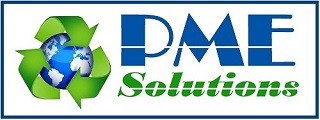

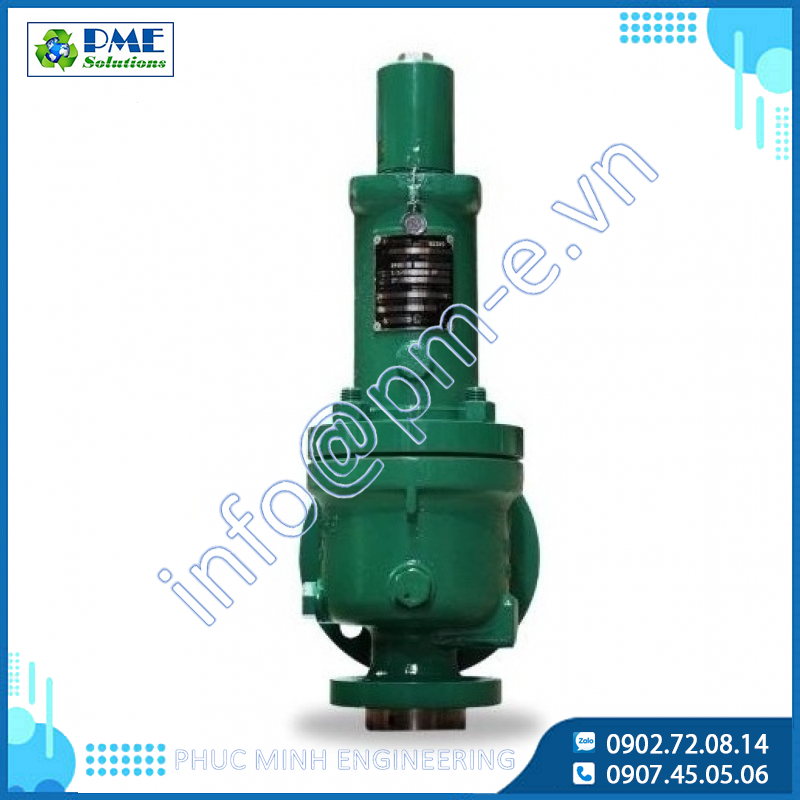
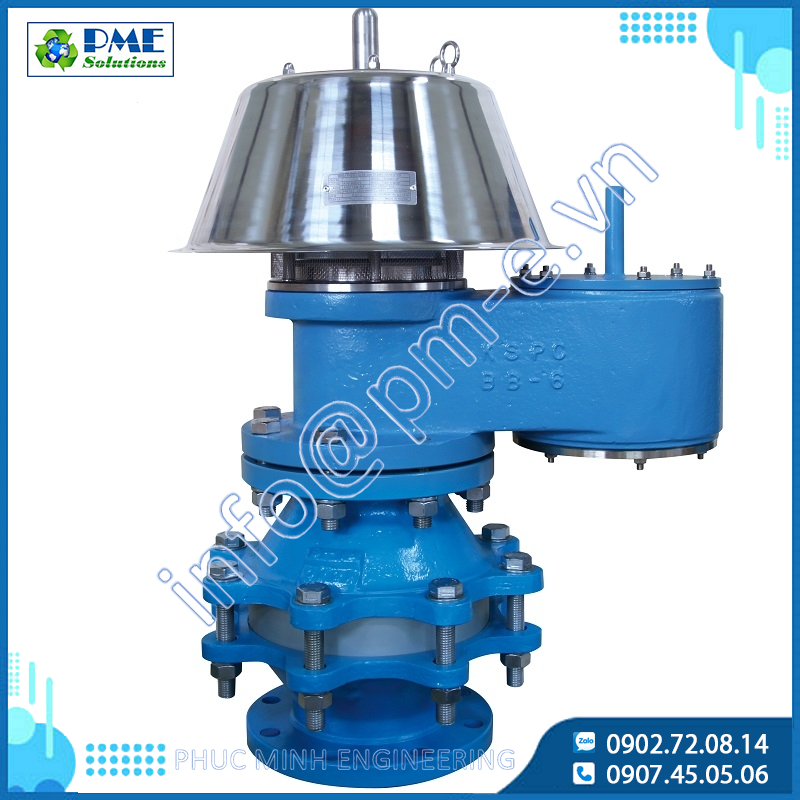
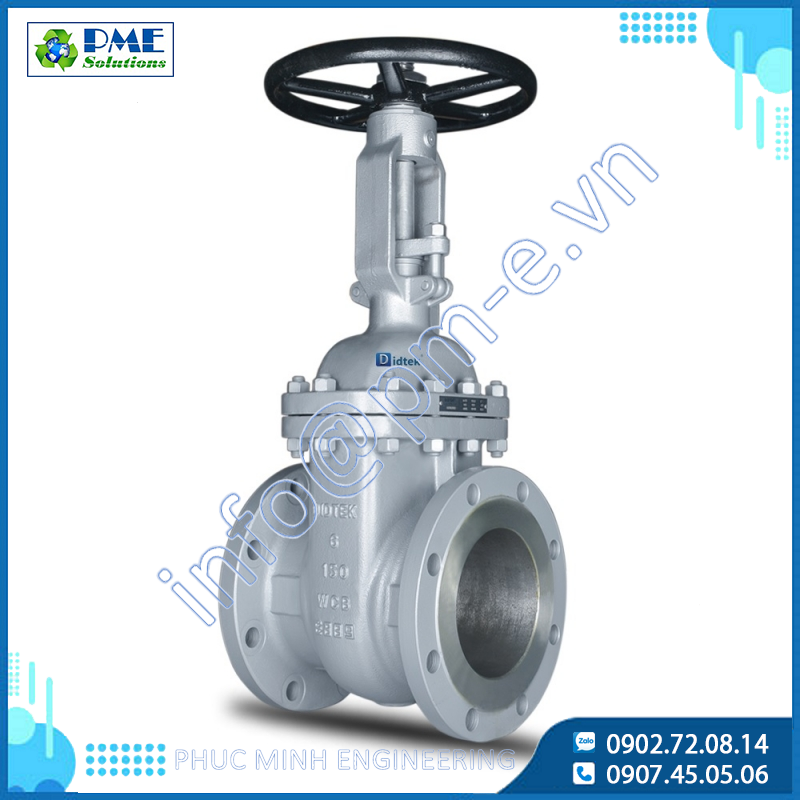
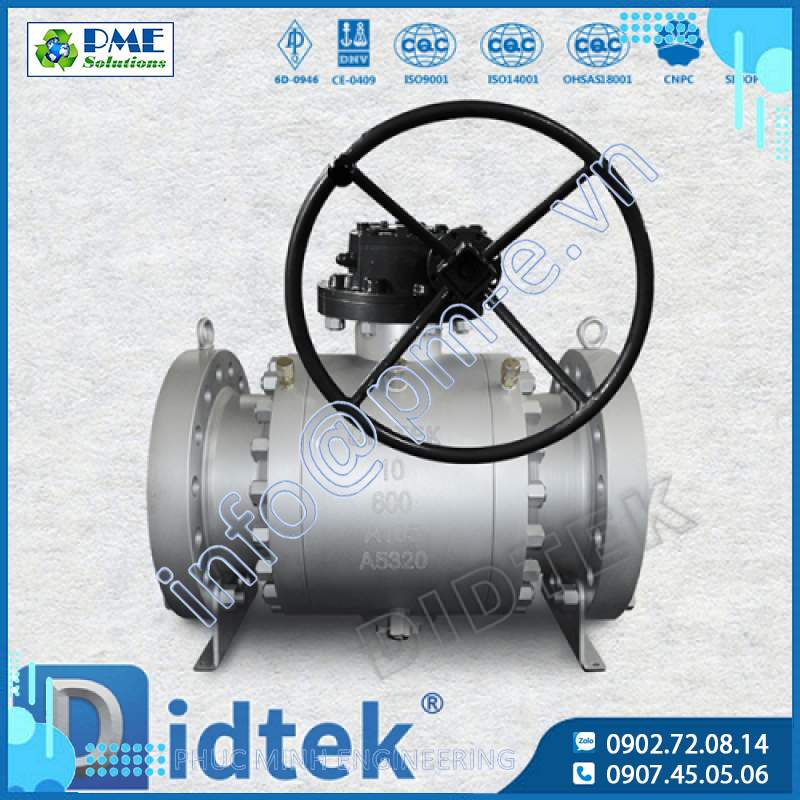
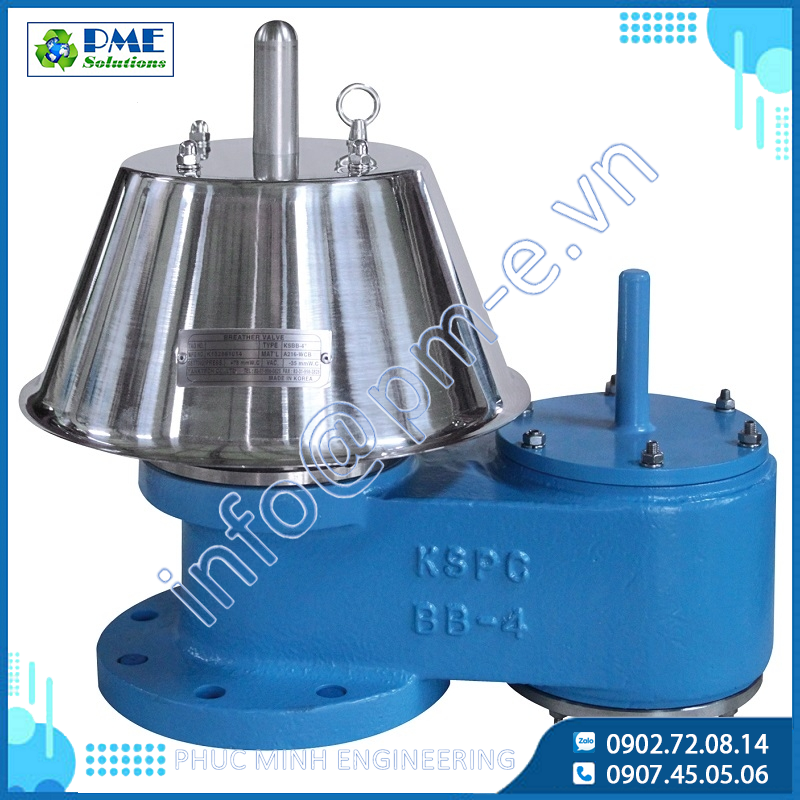
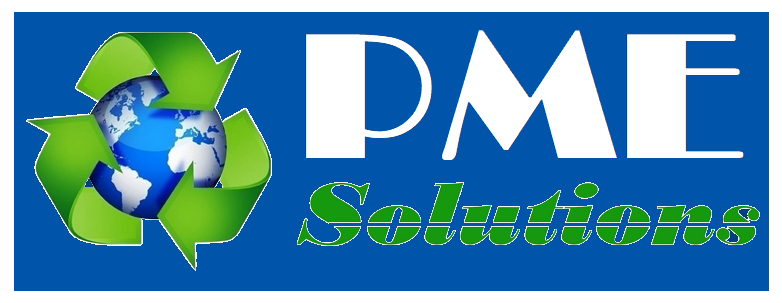

.png)






